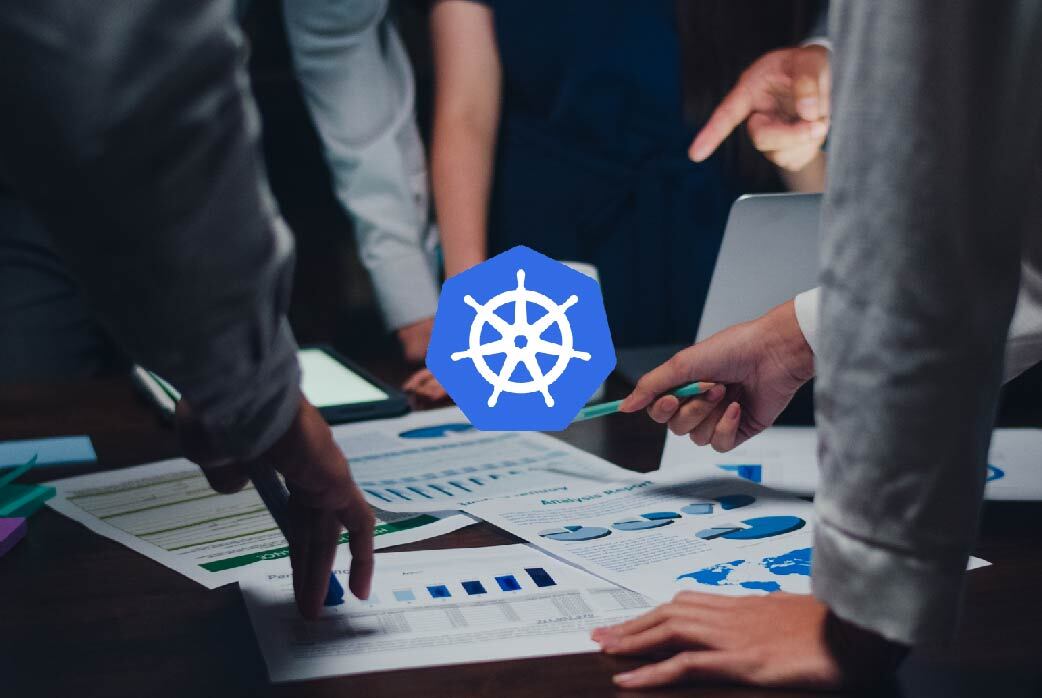
Recently, Microsoft laid off 200 employees — designers, UX writers, researchers— and replaced them with AI systems that those same teams had helped train. The decision was driven by cost-efficiency and signaled a new baseline: AI is now viable as a substitute for certain functions in production environments.
This has reignited the debate over whether developers are next. Let's consider different perspectives to predict the future and find a source of truth.
Yes, AI Will Replace Software Development
If we take the position that AI will replace software development, then we shouldn't discuss code generation at all. We’re talking about an AI that can handle architecture, tradeoffs, ambiguity, and accountability end-to-end. It should be an autonomous software architect operating across context-rich, evolving systems.
Required AI Capabilities
True Contextual Reasoning
AI would need to operate with a persistent, real-time model of:
- Business goals
- Market conditions
- Legal and regulatory constraints
- Organizational tech debt and infrastructure patterns
Multi-Modal Input/Output
Both text prompts and integration with APIs, CLI tools, architectural diagrams, and deployment pipelines.
Goal-Oriented Design Logic
Developers always make tradeoffs between speed and stability, performance and cost. A replacement AI must navigate these situations without being told and take responsibility for the decisions it makes. That requires a model of consequence.
Self-Debugging and Accountability
Software development is complete when it runs under real-world pressures, across edge cases, over time. An AI would need to test, refactor, and self-correct.
Let’s imagine we’ll live in an age when AI has all of these capabilities and really replaces software development. What are the pros and cons from a business perspective?
Pros
1. Cost Reduction at Scale
Once trained and deployed, a development-capable AI wouldn’t require salaries, management overhead, or time off. It could handle hundreds of requests in parallel: fixes, feature additions, and code reviews without waiting in queues or burning out.
The cost of making incremental changes would drop significantly, especially for teams maintaining large systems or operating at scale.
2. Time-to-Market Compression
A mature AI system could move from spec to code to deployment in a fraction of the current time. For example, a mid-sized company could describe a basic internal tool (role-based asset tracker with a reporting dashboard), and get a working, integrated product in hours complete with tests, CI config, and observability hooks.
3. Consistency in Code and Design
Assuming centralized control and training, codebases produced by AI would be structurally uniform. The same architectural patterns, naming conventions, and testing strategies applied across services and environments. This consistency would reduce cognitive load during reviews and handovers. It wouldn’t eliminate complexity, but it would eliminate variation in how that complexity is expressed.
4. Scalable Customization
Today, software products rarely scale personalization beyond a handful of templates or configuration layers, because deeper customization requires developer time. With generative AI, it’s plausible to have logic-level differences between customers. One client’s CRM might include custom validation rules, webhook behaviors, or data models, all generated per tenant and still integrated into a common platform.
Cons
1. Absence of Design Judgment in Ambiguous Environments
AI systems operate on probabilistic pattern matching, not intent. While they can replicate familiar architectures, they do not interpret organizational priorities, business models, or strategic tradeoffs unless these are explicitly encoded. In complex scenarios, such as deciding between latency and resilience in a critical data pipeline, model output reflects generic best practices. The absence of embedded institutional context results in technically correct but strategically misaligned systems.
2. Undefined Accountability in Failure Scenarios
In conventional development, system failures can be traced to individuals or teams who own the decision-making process. AI-generated systems diffuse this responsibility. When a production error occurs (misbilling, data leakage, or a broken integration), there is no author to question, no rationale to inspect. This complicates both incident response and regulatory compliance. Without clear accountability, governance frameworks lose effectiveness.
3. Inflexibility at the System Edges
Software reliability often depends on handling edge cases: conditions that fall outside documented patterns. Human engineers routinely apply informal knowledge to resolve issues arising from legacy systems, unstable third-party APIs, or partial migrations. AI systems, by contrast, optimize for the most probable solution. When confronted with ambiguity, they produce outputs that are internally coherent but operationally brittle. This limits their effectiveness in non-standard or degraded environments.
4. Reduced Observability and Operational Transparency
As AI-generated code expands to deployment scripts, permission policies, and monitoring hooks, traditional debugging methods degrade. The system may function, but without a human-authored chain of reasoning, root cause analysis becomes speculative.
No, AI Won’t Replace Software Development
If we take the opposite position that AI won’t replace software development, then we need to ask why, despite rapid progress, core development tasks still resist full automation. The answer lies in the fundamental nature of software itself: software is a moving target, embedded in shifting business environments, technical ecosystems, and organizational politics. Replacing development would require both better models and a redefinition of what software is.
Why Full Replacement Remains Out of Reach
1. Software is Deeply Entangled with Change
Code is rarely built once and left untouched. Most engineering work is adaptation. Requirements change, dependencies break, user behavior shifts, regulations tighten. Software lives inside this volatility. Replacing development would require AI systems that can reason over change: not just what to build, but when to diverge, when to refactor, and when to say no. Today’s models have no concept of time, degradation, or forward strategy.
2. Software is Not Self-Contained
Enterprise systems are embedded in physical processes, partner constraints, procurement realities, and legal obligations. A financial reporting engine might depend on quarterly compliance rules, human approval loops, and manual exceptions. Building such systems is less about writing code and more about integrating institutional logic. AI, no matter how advanced, cannot invent organizational consensus or negotiate shifting authority.
3. Most Development Work is Communication
Developers spend significant time aligning with product, security, legal, and ops. They interpret ambiguous tickets, clarify expectations, push back on unoptimal priorities, and document assumptions. None of this is “code,” but all of it is essential to delivering functioning software. AI can produce a codebase, but it cannot replace the collaborative process that turns business needs into stable, trusted systems.
4. Trust is Not Automatically Transferable
Even if AI could generate correct solutions, they still need to be trusted by teams, auditors, regulators, and customers. This trust is built through processes: peer reviews, architecture boards, test coverage, and incident response. In an AI-only pipeline, these artifacts are either missing or artificially backfilled.
What AI Can Support but Not Replace
1. Developer Productivity Augmentation
Where AI excels is in compressing time spent on low-leverage tasks: boilerplate code, test scaffolding, translation between frameworks. A developer can describe intent, receive a draft, and iterate — speeding up execution without offloading judgment.
2. Maintenance Acceleration
Legacy systems often suffer from lack of documentation and drift between expected and actual behavior. AI can help surface undocumented patterns, generate migration scaffolds, and flag structural inconsistencies — tasks that would otherwise require time-consuming manual audits.
3. Developer Onboarding and Handover
New team members typically ramp up by reading code and tribal knowledge. AI can assist by summarizing system behavior, surfacing edge cases, and explaining architectural decisions, improving context acquisition and reducing dependency on internal gatekeepers.
Wrapping Up
If we define “software development” narrowly, as the act of writing and shipping code, then yes, AI can replace development in constrained, well-scoped environments with stable requirements.
But most systems don’t live in that world. They evolve, degrade, face conflicting priorities, and must operate within legal, financial, and organizational constraints. They are built not just with logic, but with judgment.
A more accurate conclusion might be this: AI could replace software development only when software itself stops evolving.
And if that ever happens, the role of development will be the least of what’s changed.







